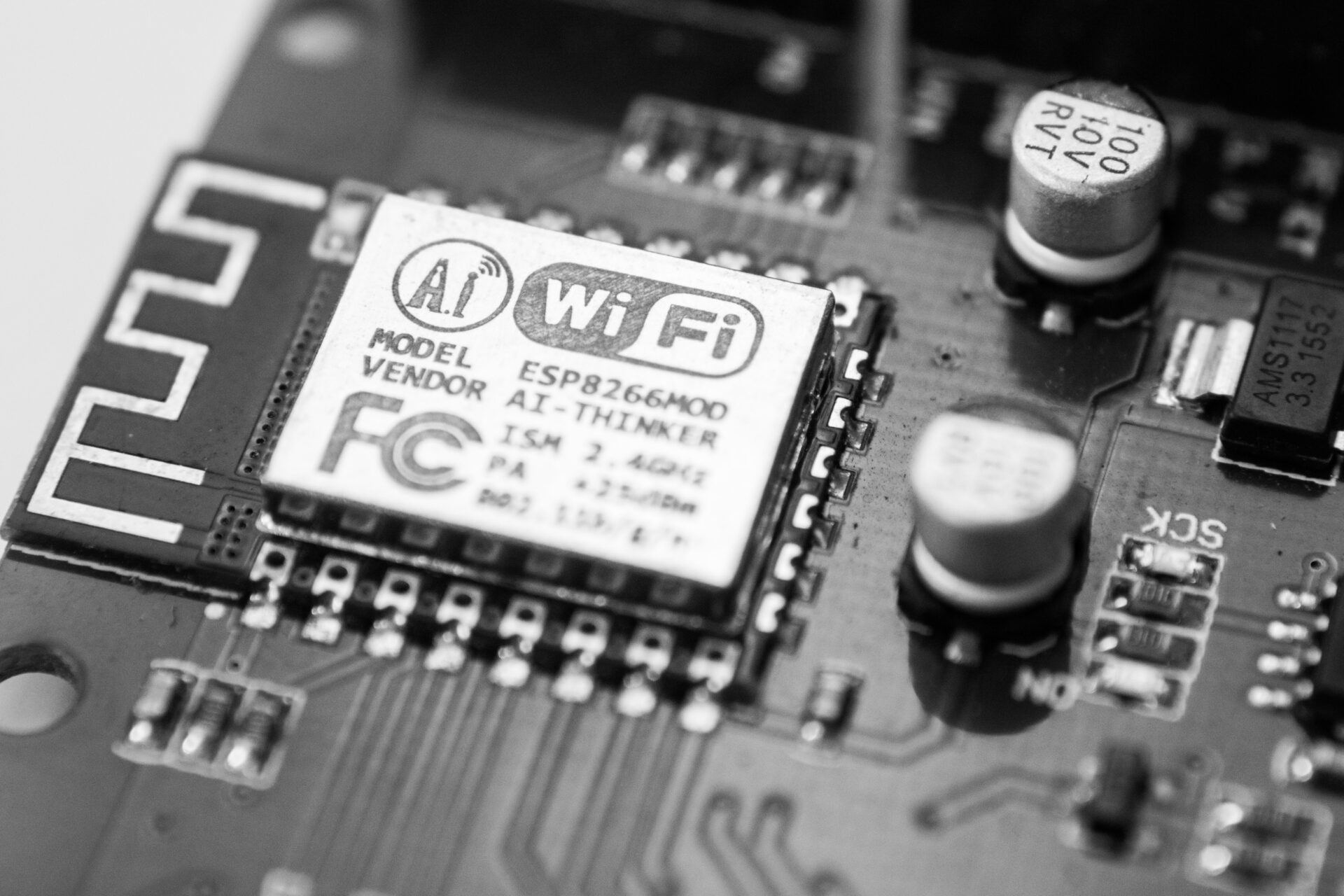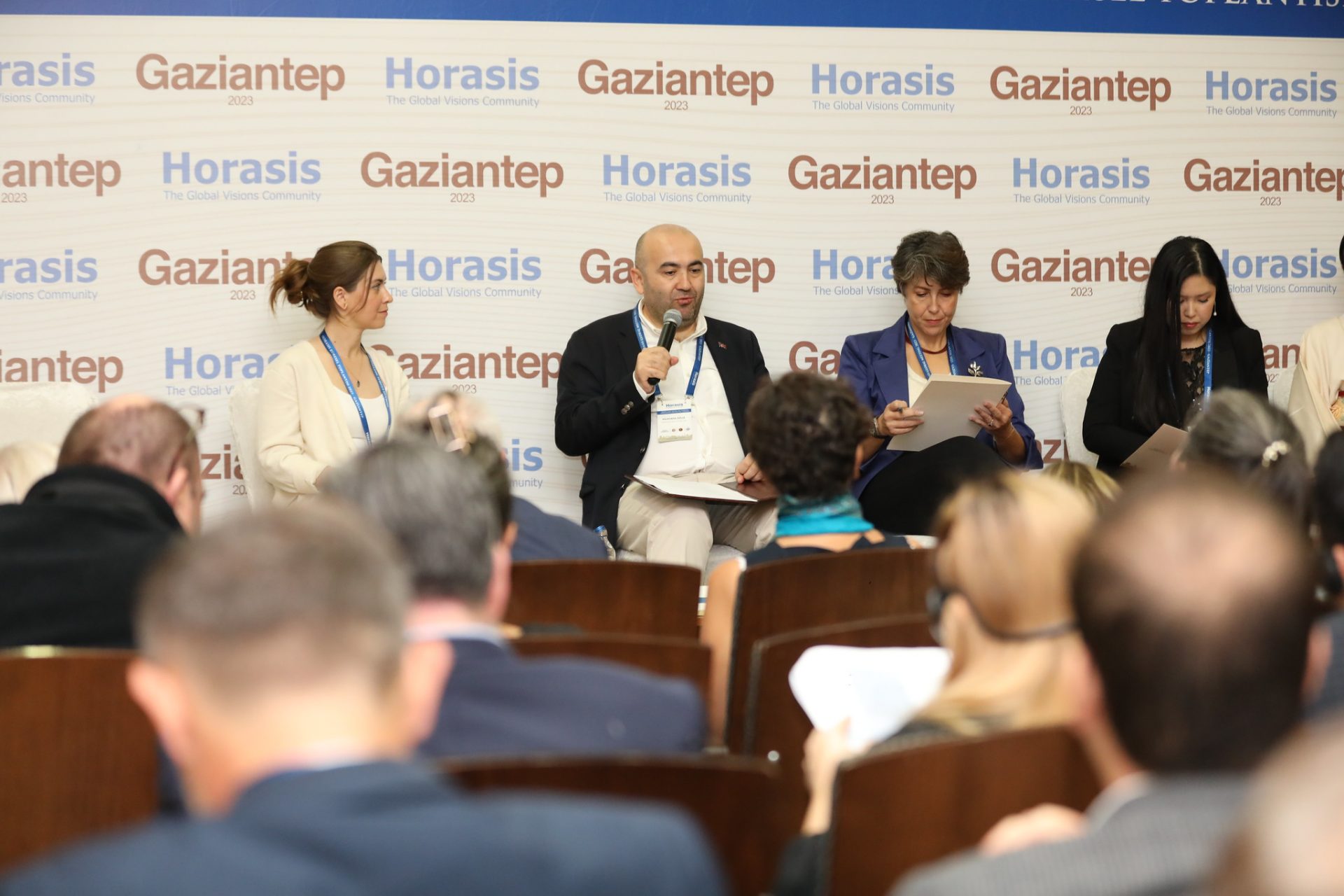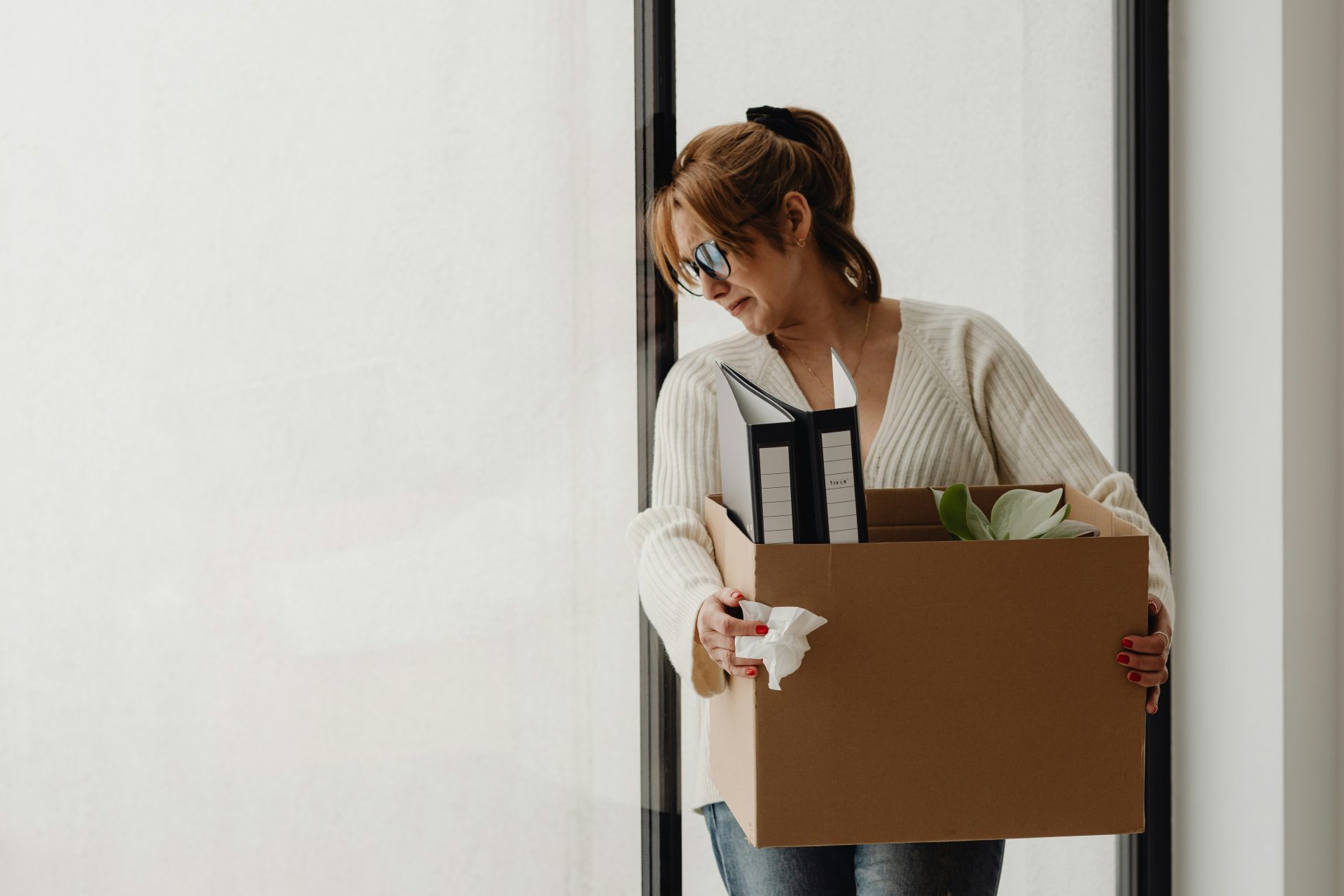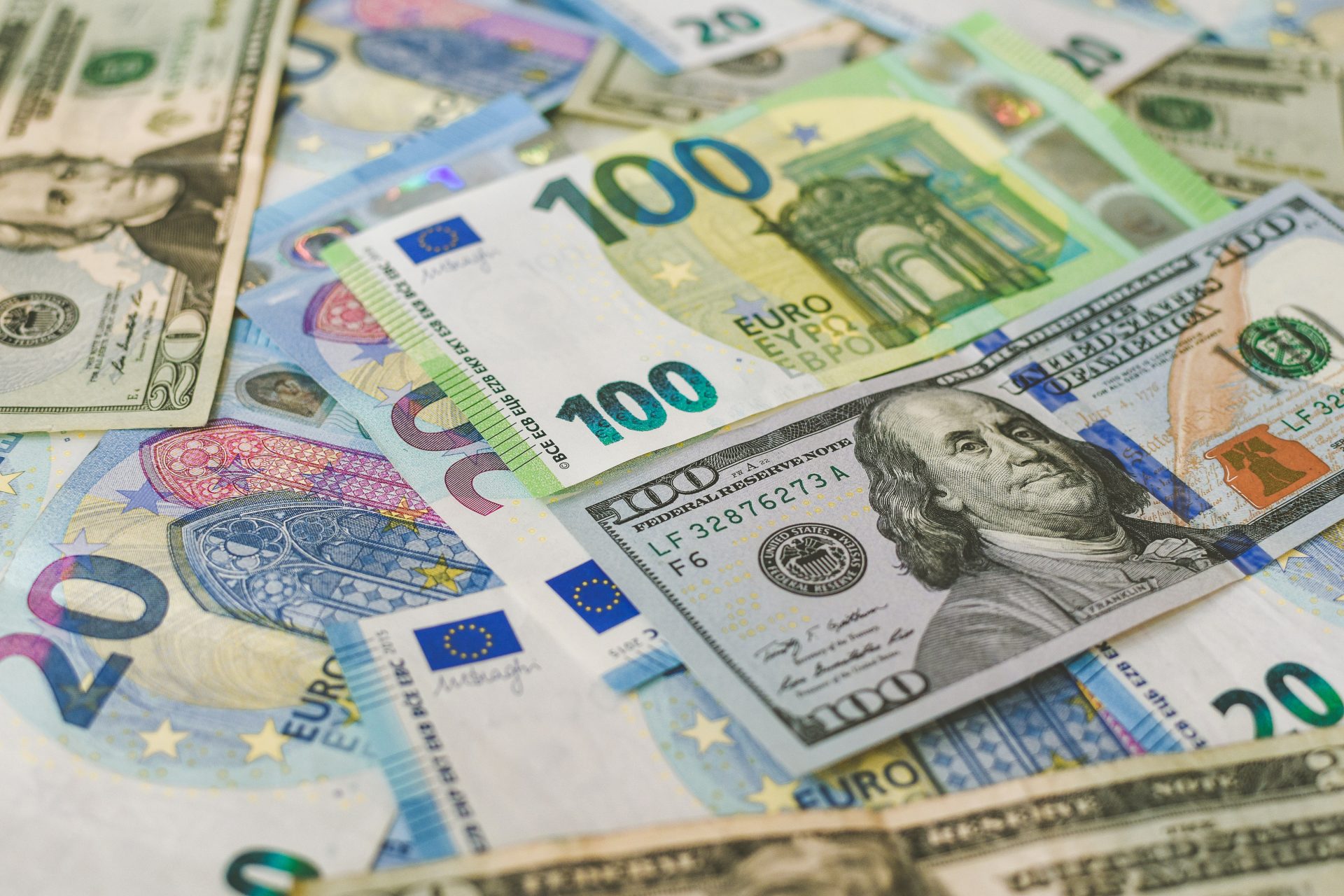COVID-19 makes your Internet slow down? Real Problem – Your neighbor is interfering you!
Covid-19 forced people to stay at home and actively use their Wi-Fi network to the limit.
 As of this writing there are one billion broadband subscribers worldwide with an average of 15 connected devices per household. That’s a lot of routers. As the number of routers in an area increases, so do users’ complaints, as high channel utilization degrades Internet speed.
As of this writing there are one billion broadband subscribers worldwide with an average of 15 connected devices per household. That’s a lot of routers. As the number of routers in an area increases, so do users’ complaints, as high channel utilization degrades Internet speed.
The Wi-Fi routers in your home, your neighbor’s home, the local coffee shop (closed today) and so on operate in a wireless channel. If your neighbor’s router is using the same channel as yours, your Internet performance is degraded more than half. Meanwhile, if that neighbor is using an ancient router, degradation is even worse.
Get that your single-family home in involved, or a great number of people in an apartment building, and you’ve got frustrated users whose modems are all trying to pass data over the same channels. Most home users aren’t even aware that this is the root of their problem, or that a solution is available.
In other words, Wi-Fi today is like an intersection without traffic lights. A service provider owns a lane. When each vehicle in a lane is a Wi-Fi router, including your neighbor’s ancient jalopy on probably different lane, they crash or wait longer.
The solution is the smart allocation of channels. In this way, Wi-Fi needs a global orchestrator as traffic lights by automatically and intelligently separating channels so that interference, slowdowns and degradation are significantly reduced. Additionally, the solution has to be app-aware due to the scarcity of the spectrum, in that bandwidth-heavy applications like Netflix, Zoom, Webex, MS Teams, YouTube, Prime video, VR and more are allocated to a clear air channel, while the rest is distributed to other channels.
More importantly, in brief, we need to collaborate to stop Wi-Fi waste and avoid future halt! Since, Covid-19 will phase out but our habits gained will stay. And, recent allocation of new bands in 6 GHz is not the panacea.
Prof. Mustafa Ergen is academic and entrepreneur. He is the board member of few private and listed companies and authored few books.
Figure 2 Before – lowest capacity limits

Figure 3 After – application aware channel allocation

Figure 4 Intersection without Traffic Lights – Today’s Wi-Fi




